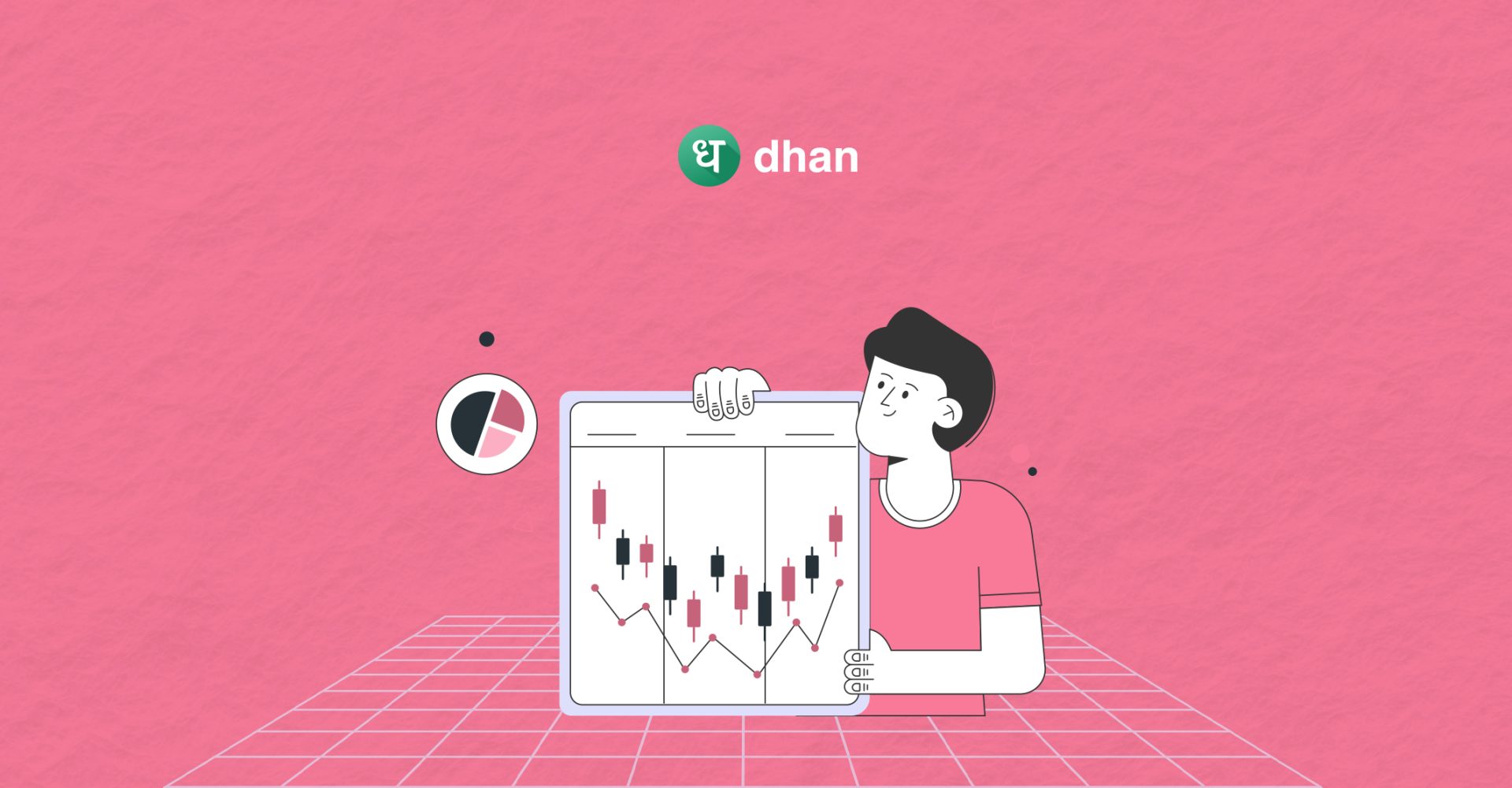Candlestick patterns are a visual representation of price movements in financial markets, commonly used in technical analysis by traders.
These patterns, formed by the open, high, low, and close prices of a trading period, offer valuable insights into market sentiment and potential price direction.
Understanding different candlestick patterns is extremely important as it can help you identify potential buying or selling opportunities, assess market sentiment, and make informed trading decisions.
In this article, we will discuss the different types of candlestick patterns and their significance in predicting market behaviour.
What are Candlestick Patterns?
Candlestick patterns visually depict price movements in financial markets, widely embraced in technical analysis by traders.
Each candlestick typically represents a single trading period, whether it’s a minute, an hour, a day, or any other time frame.
The candlestick consists of a rectangular body and two wicks, one at the top and one at the bottom.
The body represents the opening and closing prices of the period, while the wicks show the highest and lowest prices reached during that time.
Types of Candlestick Patterns
There are numerous candlestick patterns, each with its significance in predicting future price movements. Here are some common candlestick patterns:
1. Doji
A Doji is a neutral candlestick pattern appearing when the opening and closing prices are nearly the same, creating a small body.
It signifies market indecision, often occurring during periods of consolidation or at potential reversal points.
The equal open and close prices suggest a balanced battle between buyers and sellers, with neither side gaining dominance.
Traders interpret the Doji as a signal to exercise caution and watch for potential shifts in market sentiment or trend direction.
2. Hammer
A hammer candlestick has a small body near the top and a long lower shadow. It is a bullish candlestick pattern indicating a potential market reversal.
It suggests a potential reversal from a downtrend to an uptrend in the market.
The small body indicates that buyers and sellers are nearly balanced, while the long lower shadow shows that sellers pushed the price lower but couldn’t maintain control.
This often signals that buyers are stepping in, potentially leading to a reversal in the direction of the trend, particularly if it occurs after a prolonged downtrend.
3. Engulfing Pattern
The engulfing pattern occurs when the body of the second candlestick completely covers the body of the first.
A bullish engulfing pattern signals a potential reversal from a downtrend to an uptrend, as the buyers have overwhelmed the sellers.
Conversely, a bearish engulfing pattern suggests a potential reversal from an uptrend to a downtrend, as the sellers have taken control, overpowering the buyers.
Traders look for these patterns as indications of possible shifts in market sentiment and future price direction.
4. Shooting Star
This is a bearish candlestick pattern. It has a small body near the bottom and a long upper shadow, suggesting a potential price reversal downward after an uptrend.
The small body indicates a struggle between buyers and sellers, while the long upper shadow shows that sellers took control during the session, pushing the price down from its highs.
Traders interpret this pattern as a signal to potentially sell or short the asset, as it may lead to a downtrend.
5. Morning Star
This candlestick pattern is a bullish signal in stock charts. It consists of three candlesticks:
- First, a large bearish candlestick appears, signalling a downtrend.
- Second, a smaller candlestick with a short body, called a “star,” forms, suggesting indecision.
- Lastly, a bullish candlestick emerges, closing beyond the midpoint of the first candle.
This pattern indicates a potential reversal from a downtrend to an uptrend, making it favourable for buyers and suggesting upward price movement.
6. Evening Star
The Evening Star is a bearish pattern consisting of three candles. It starts with a bullish candle, followed by a small bullish or bearish one, and concludes with a strong bearish candle.
This formation signals a potential reversal in an uptrend, indicating that the bullish momentum may be weakening, and a bearish trend might be emerging.
Traders often watch for the Evening Star as it suggests a shift in market sentiment, providing a potential opportunity for selling or adjusting positions.
7. Hanging Man
This candlestick pattern signals a potential trend reversal. It looks like an inverted T, appearing after an uptrend.
It indicates market uncertainty, as the price opens higher, then drops significantly during the session, and finally closes near the opening level.
This pattern suggests that although buyers attempted to push the price higher, they faced resistance, potentially leading to a reversal in the trend, often seen as a bearish signal.
8. Inverted Hammer
The Inverted Hammer is a bullish pattern signalling a potential trend reversal. It has a small body and a long upper wick, appearing after a downtrend.
The pattern suggests that despite initial selling pressure, buyers stepped in, leading to a potential shift towards an upward trend.
Traders often view the Inverted Hammer as a sign of a weakening bearish momentum and a possible bullish reversal in the market.
Dhan recently became the first broker in the world to allow Options Trading from TradingView's Trading Panel! Go check it out here!
Check out our detailed YouTube video playlist for deeper insights into these candlestick patterns.
Conclusion
Learning about candlestick patterns can help you make smarter decisions in trading. Remember, recognising patterns like Doji, Hammer, and others can give you insights into market trends.
So, keep an eye on those patterns to make smarter trading decisions.




